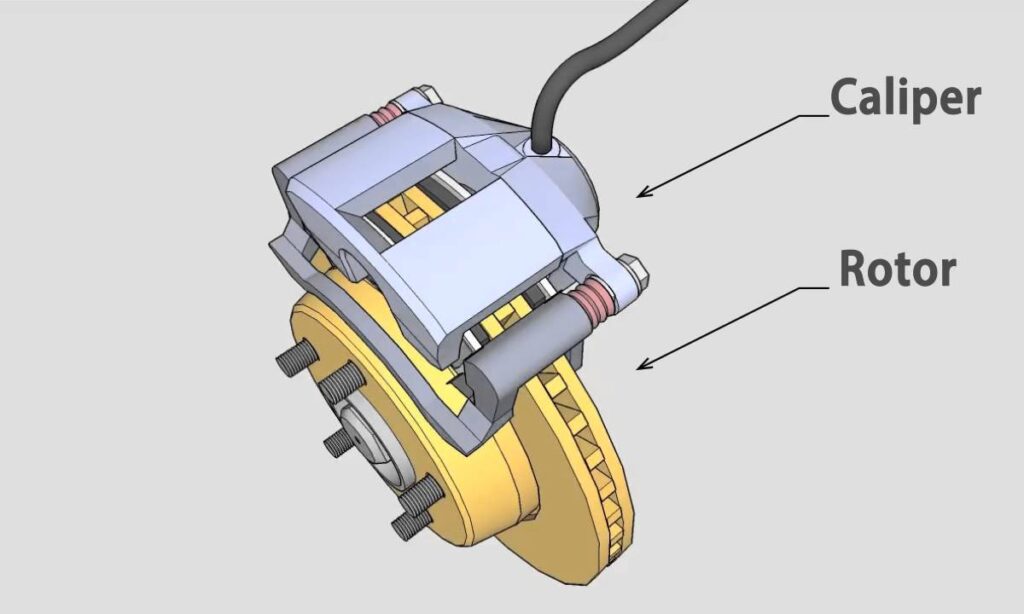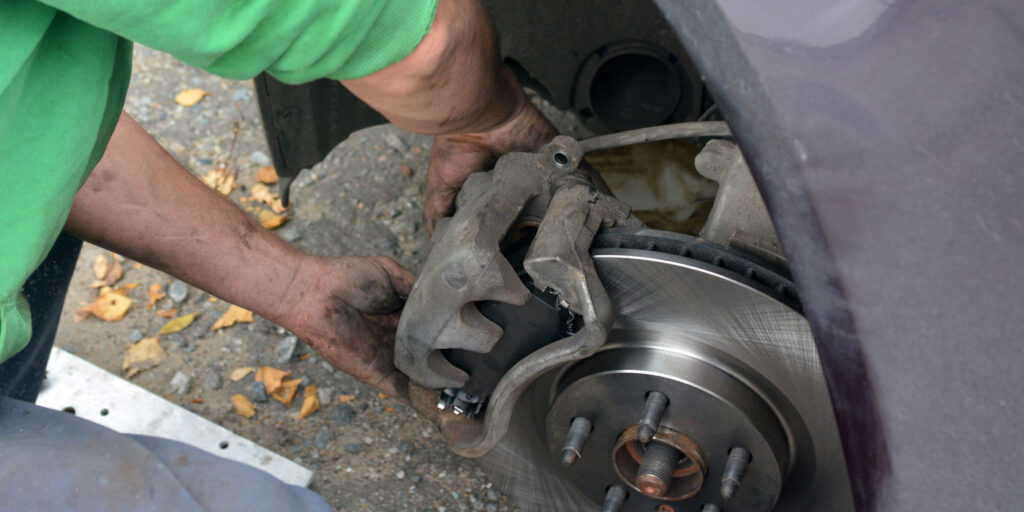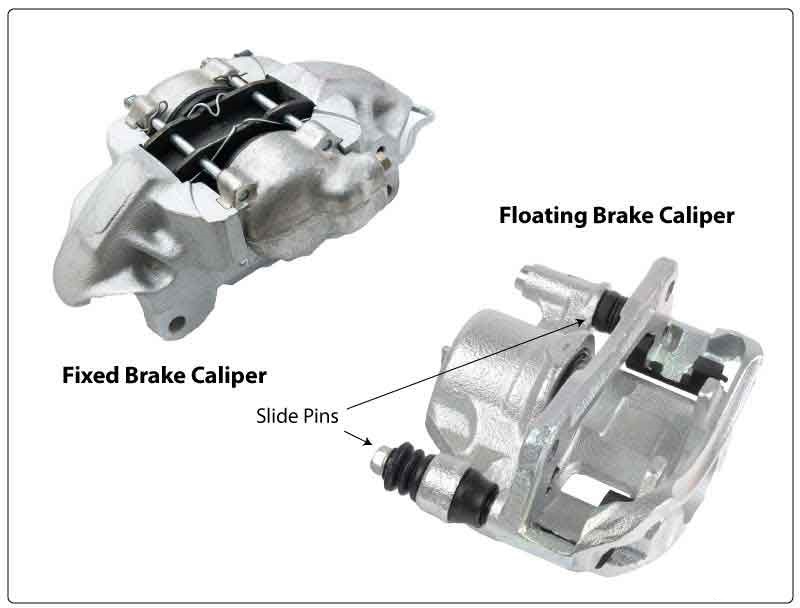
Similar Posts

Understanding Cores in the Automotive Industry: Why They Matter
Sharing is CaringWhen it comes to automotive repairs, there’s a lesser-known but important concept called a “core.” Many customers wonder what it is, why it’s important, and how it benefits them. Let’s dive into the basics to understand the role cores play in the automotive world. What is a Core? A “core” refers to the…

Smart Auto Care: Save Money and Hassle with Preventive Maintenance
Sharing is CaringIn the world of automobiles, proactive care is the key to longevity and financial peace of mind. Whether you’re cruising in a brand-new ride or a seasoned vehicle, adopting preventative auto maintenance practices can spare you from the headache of unexpected repairs and hefty bills. While the term might sound daunting, fear not!…

Signs of Summer Heat Damage on Car Batteries
Sharing is CaringSummer heat can take a significant toll on your car battery, leading to unexpected breakdowns and reduced battery life. High temperatures accelerate the chemical reactions inside the battery, which can cause internal damage and decrease its overall efficiency. Recognizing the signs of summer heat damage early can help you take preventive measures and…
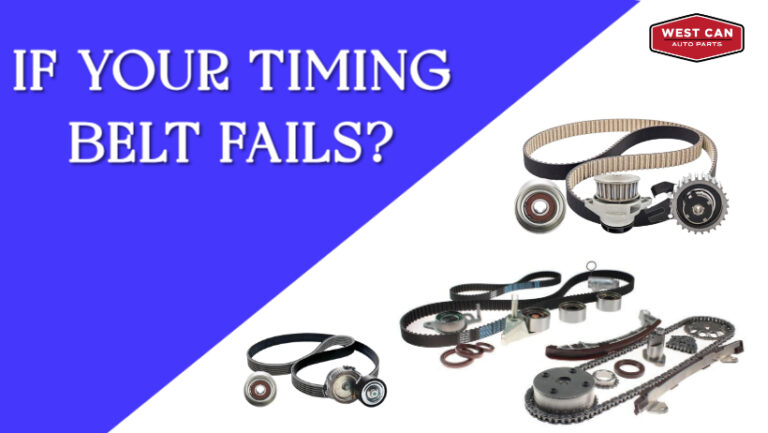
What Happens If Your Timing Belt Fails? Avoid Costly Repairs
Sharing is CaringYour vehicle’s timing belt is a critical component that keeps your engine running smoothly. It ensures the synchronization of the camshaft and crankshaft, allowing the engine’s valves to open and close at the right time. But what happens if this essential part fails? The consequences can be severe, leading to expensive engine repairs—or…
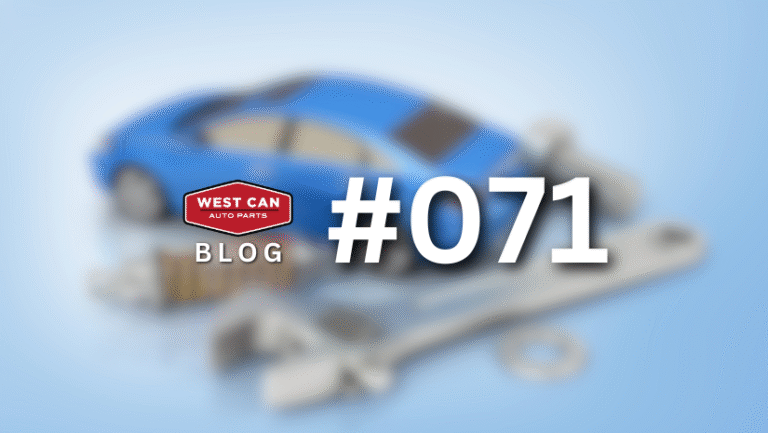
North American vs. Japanese vs. European Cars: Which Vehicles Demand More Parts & Maintenance in Canada?
Sharing is CaringCanada’s roads are filled with a wide variety of vehicles—from rugged North American pickups to fuel-efficient Japanese sedans and luxury European imports. Each region’s automotive design brings distinct strengths, quirks, and maintenance patterns. Whether you’re trying to decide on your next vehicle or want to better understand the one you own, this comparison…

Spark Plug Essentials: Signs of Wear, Efficiency Impact, and Choosing the Right Type
Sharing is CaringWhen it comes to engine health, spark plugs are one of the smallest components that make the biggest difference. They are the ignition point of your car’s combustion system, responsible for igniting the air-fuel mixture that powers your vehicle. But because they are small and hidden under the hood, many drivers tend to…


